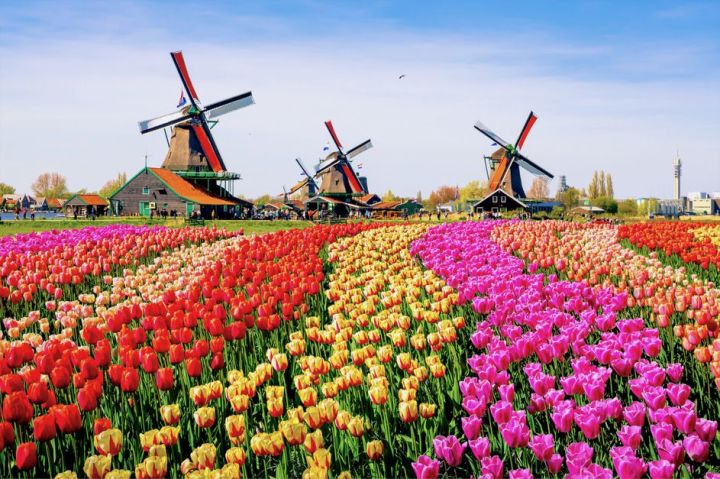Garden Therapy

Garden therapy, also known as horticultural therapy, is a form of therapy whereby plants and gardening improve mental and physical health. In the 19th century, the ‘Father of American Psychiatry’ Dr Benjamin Rush first documented garden therapy’s positive effects. During the 1940s and 1950s, garden therapy became a more widely accepted practice and was often used to treat war veterans.
But why gardening? Gardening allows the individual to connect between physically making something and its progress directly. A perfect antidote for someone who finds themselves restricted. Gardening can be seen as a great way to express oneself. An example in which horticultural therapy can be helpful is a young woman who had a limited vocabulary and hence, trouble expressing herself. Still, when she was working with her hands in the garden, she became one of the most expressive people talking about the plants and suggesting new projects. Garden therapy offers people a chance to participate in something meaningful. It allows them to build skills and confidence by creating physical and mental progress.
During garden therapy, one works on several psychological domains. Garden therapy helps improve cognitive memory abilities such as sustained attention, task initiation, and socialisation by connecting with peers working in the garden. Next to those effects on mental health, garden therapy also improves physical health by strengthening the muscles and improving coordination, balance, and endurance. Therefore, participants of garden therapy state that the treatment changed everything in their life: By working with plants, they cultivated a better life.
The therapy sessions most of the time take place in a therapeutic garden. The basic features widely and gently graded accessible entrances and paths, raised planting beds, and containers. Moreover, the garden includes a plant selection focused on vibrant colours, different textures and floral fragrances. The therapeutic garden is designed to facilitate interaction between the individual and the healing elements of nature. These elements can be either active, for instance, by inhibiting the garden as a resting place, or passive, by using soothing colours and water streams, depending on the garden and the users.
Nowadays, garden therapy is not solely used for mental illnesses anymore. Garden therapy is widely used in a broad range of rehabilitative, vocational, and community settings. The therapy is used to assist participants in learning new skills or regaining those that are lost. Participants can work on being independent, problem-solving, and following directions.
Are you interested in becoming a garden therapist? The American Horticultural Therapy Association supports the definition that a garden therapist is someone who:
-
A minimum of a bachelor’s degree in horticultural therapy or a bachelor’s degree with additional coursework in plant science, human science, and horticultural therapy.
-
Has completed a 480-hour internship in horticultural therapy.
-
Is professionally registered as a horticultural therapist with the American Horticultural Therapy Association as an HTR, Horticultural Therapist-Registered.



Comments
Log in to read and post comments